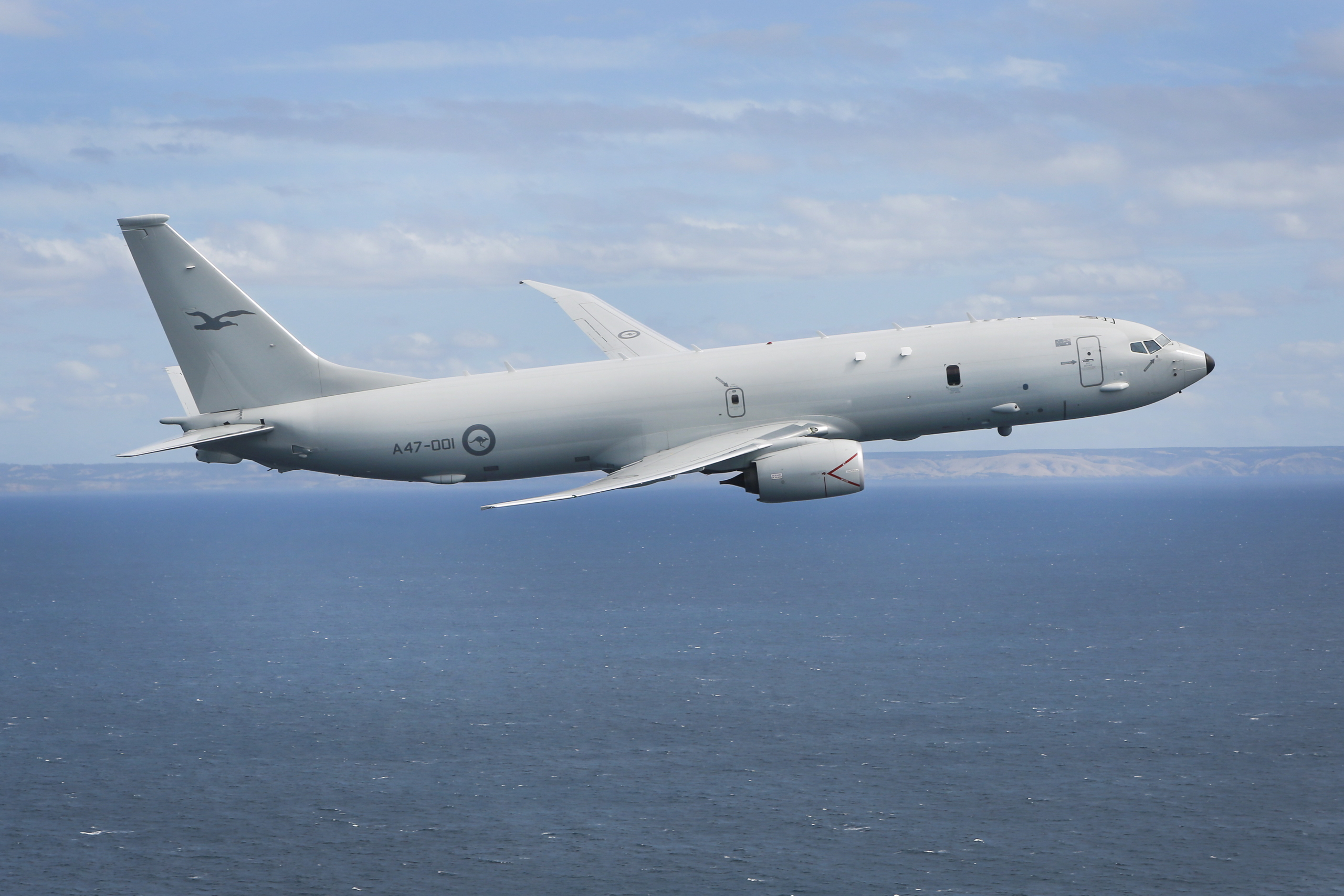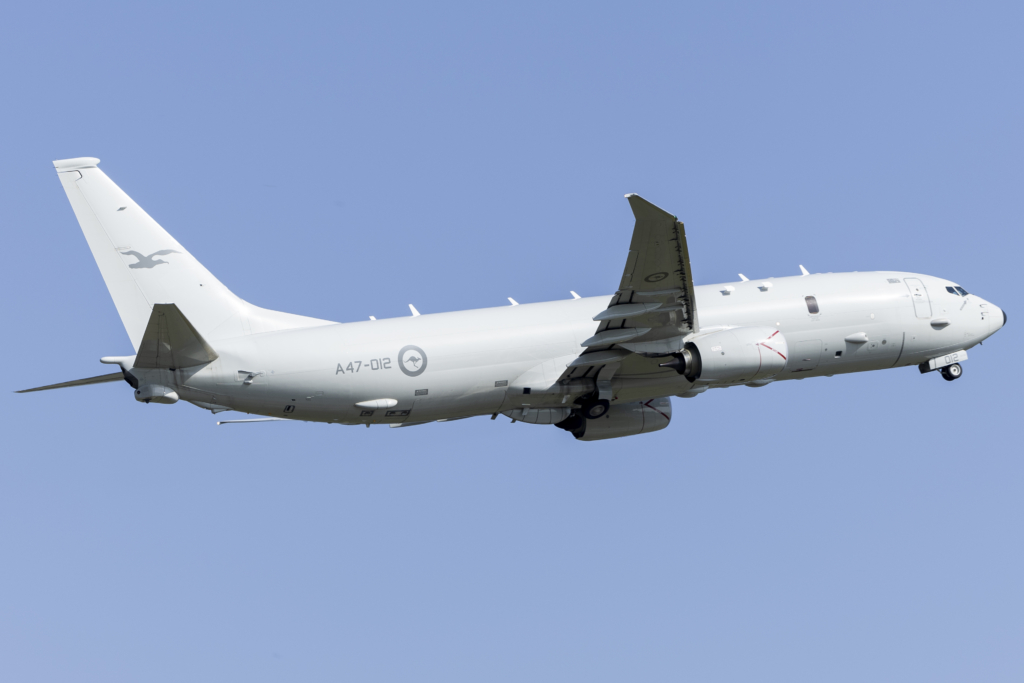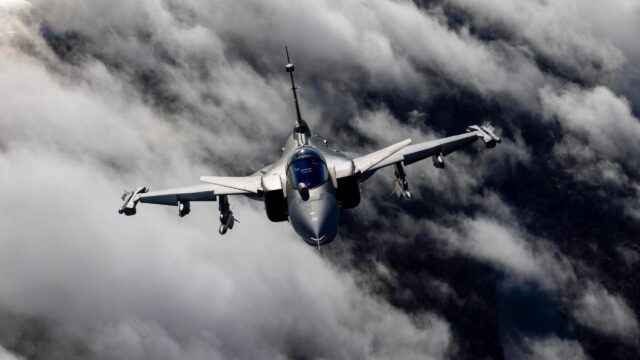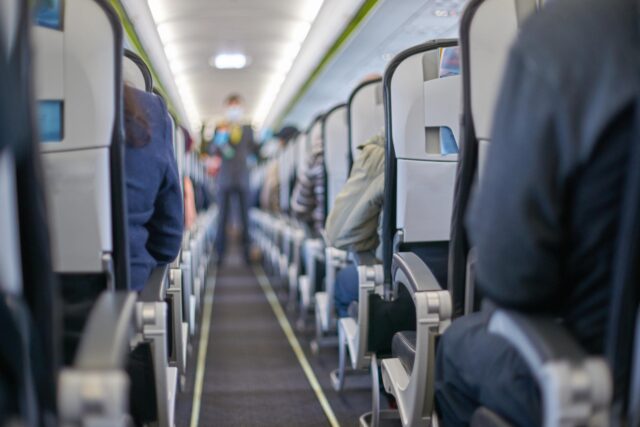Chinese Su-35S releases flares near Australian P-8 Poseidon over the South China Sea

October 20, 2025

A Chinese Su-35S Flanker-E released flares dangerously close to a Royal Australian Air Force (RAAF) P-8A Poseidon maritime patrol aircraft (MPA) during a mission over the South China Sea on October 19. The manoeuvre has drawn sharp condemnation on the People’s Liberation Army Air Force (PLAAF) from Canberra.
Australia’s Deputy Prime Minister and Defence Minister, Richard Marles, described the incident as “unsafe and unprofessional”, asserting that the flares were released “very close” to the P-8A during its mission.
While Marles would not specify just how close the flares came to the Poseidon, he confirmed that the crew and aircraft emerged unscathed. He warned that this manoeuvre was “dangerous”, adding that there “could have been a different outcome.”

The Australian Defence Force (ADF) maintains that the P-8A was flying a routine maritime patrol mission in international airspace over the South China Sea under the rights of freedom of navigation when it was approached by the PLAAF-operated Su-35S. The Chinese fighter subsequently released two flares in close proximity to the Poseidon in yet another dangerous encounter between the two air arms over the region.
The P-8A involved in this incident was operated by either No 11 Squadron or No 12 Squadron; both of which are part of the RAAF’s No 92 Wing at RAAF Base Edinburgh in South Australia.
Meanwhile, the Chinese Flanker-E would likely have been assigned to the 6th Air Brigade – a component of the PLAAF’s Southern Theatre Command (STC) – which operates a small fleet of the air superiority fighter at Suixi Air Base in China’s Guangdong province.
While such aerial intercepts are not uncommon over the South China Sea with PLAAF-operated fighters, the deployment of flares near bigger, slower and less manoeuvrable platforms – like the P-8A, which is based on Boeing’s line of 737-800 commercial jets – crosses a line as it poses significant, yet unnecessary safety risks to aircraft and their aircrews.
RAAF P-8A encounter adds to rising pattern of unsafe Chinese intercepts
Canberra has lodged a diplomatic protest with Beijing over this latest incident, which comes less than nine months after a PLAAF-operated J-16 fighter was accused of releasing flares within 30m (98.4ft) of an RAAF P-8A over the South China Sea in February. Similarly to this latest incident, neither the aircraft nor any of its crew were injured.
“Australia expects all countries, including China, to operate their militaries in a safe and professional manner,” the ADF remarked in a statement published on October 20.
“For decades, the ADF has undertaken maritime surveillance activities in the region and does so in accordance with international law, exercising the right to freedom of navigation and overflight in international waters and airspace,” it added.

In response to Canberra’s claims, Col Li Jianjian – a spokesperson for the PLAAF’s STC – said that the RAAF-operated P-8A had “illegally intruded” into Chinese airspace, adding that its actions had “seriously infringed upon China’s sovereignty.” He subsequently urged Australia to “immediately cease its infringing and provocative actions.”
For its part, Beijing always defends its military aircraft operations across the region. While Chinese statements have often portrayed Australia’s actions as provocative and accuse RAAF aircraft of entering airspace near the disputed Paracel Islands – which Beijing asserts is part of its territory, despite claims to the contrary by other regional states – the nation continues to insist that its responses are lawful, restrained and rooted in defending its sovereignty.
This latest confrontation marks yet another flashpoint in recurring aerial standoffs between Australia and China over contested waters in the South China Sea. While Canberra has lodged a diplomatic protest against Beijing on this latest incident, the nation now faces a delicate balancing act as it continues to assert its right to patrol strategic sea lanes, while managing escalating tensions with a powerful neighbour that is increasingly willing to push the envelopes of safety in contested skies.
















